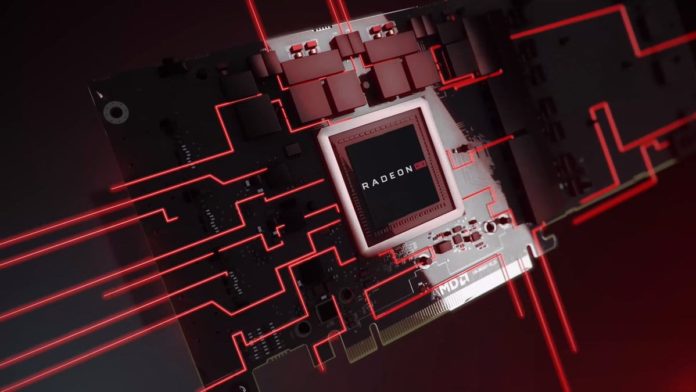For years AMD has been struggling to gain an edge over the mighty GPU manufacturer, Nvidia. The release of Fury X in 2015 and RX Vega in 2017 provided no aid to their venture. The Radeon VII on the other hand seems very promising and carries the sliver of hope that might allow it to go head-on with its competitor. So here’s a Review Roundup of the Radeon that has been a surprising revelation to the high-end Graphics Card market.
Based on the industry-first 7nm TSMC process, the Radeon VII is equipped with a Vega 20 GPU which is essentially the Vega 10 with enhanced scientific compute and machine learning. This is also their first top-tier server class GPU in years with the last one being Hawaii from 5 years ago.

When it comes to raw specs the Radeon VII has an advertised peak engine clock of 1800MHz although the boost clock is at 1750MHz, impressive nonetheless. The new
Read more:
- AMD CPU Share Climbs to a 5 Year High, Courtesy of Ryzen and Epyc Chips
- Octa-Level NAND Coming Later in 2019, Courtesy of Micron?
- New Intel Core i3-9100F CPU specs leaked
From the specification table it can be seen that the biggest leap is taken by the VRAM and Memory bus-width. Owing to its 7nm architecture, it doubled from 8GB 2048-bit on the Vega 64 to 16GB 4096-bit on the Radeon VII.

The Radeon VII is neck and neck with its rival RTX 2080, not only in terms of pricing with both boasting a $699 MSRP, but performance too. We recently covered a benchmark comparison of said Graphics Cards which you can find here. Its quite evident that neither Card outclasses the other in any way.
With such a direct rivalry of the Radeon VII against the GeForce RTX 2080, AMD has to focus on the lack of features when compared to NVIDIA’s latest Turing cards. AMD still stands their ground with DirectX Raytracing (DXR) and Nvidia’s AI-based image quality enhancing technique – DLSS. They believe that the price premium for these features isn’t worth the image quality difference. This isn’t exactly justified with their pricing being same as the DXR and DLSS supporting RTX 2080 but in the meantime, AMD does seem to be working on support for WinML and DirectML. If DXR or DLSS see huge success in a short time span, it’ll scream trouble for AMD for sure.

One smart move AMD did make is that they are now the direct board vendor, selling the new card themselves with no third party involvement. This is a great way to avoid inflated launch prices.
Now on paper a server GPU based consumer Graphics Card sounds like it would have immense potential, but the actual market performance heavily depends on how well AMD can overcome the hurdles of marketing and competition. The biggest disadvantage they face is the lack of features like Ray Tracing and DLSS, however lack luster they may be. But what they lose in these features they gain in the 7nm architecture and the large VRAM pool so we can expect them to be targeting content creation and Memory intensive gaming in the future.


